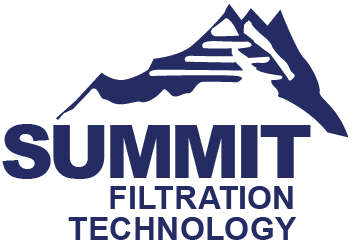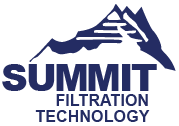Measuring Dust Combustibility
Dust combustibility is determined by measuring the explosive index (Kst) and the maximum pressure rise (Pmax) of your dust. The Kst and Pmax values of your dust will indicate what dust collection, explosion ventilation, and fire suppression system your company will need.
Any Kst value above zero must be addressed.
Typical Kst Values of Dusts Commonly Found in Industrial Facilities
| Common Dusts | Kst Value |
|---|---|
| Activated Carbon | 44 |
| Aluminum Powder | 400 |
| Asphalt | 117 |
| Charcoal | 117 |
| Cotton | 24 |
| Milk Powder | 90 |
| Paper Tissue Dust | 52 |
| Rice Starch | 190 |
| Soap | 111 |
| Soy Bean Flour | 110 |
| Toner | 145 |
| Wood Dust | 102 |
Did you know … OSHA, NFPA, and your insurance company require third party testing results on dust combustibility.
Choosing a Combustible Dust Hazard Analysis Firm
Finding the ideal vendor to conduct a dust hazard analysis on your own can be time-consuming, complicated and expensive. Let us connect you with our preferred testing company, prepare you for the process, and help you seamlessly translate the analysis results into cost-effective solutions.
Fauske has earned our trust for their consistently reliable and cost-effective dust hazard analysis.
We are happy to make the introduction to ensure everyone is on the same page, and that the testing will cover all necessary elements and nothing more than necessary.
Wondering whether Summit’s expertise, engineering, and attention to detail really will make your indoor air quality that much better?
Visit our web pages on Combustible Dust and Explosive Dust Collection for a deeper understanding of both subjects.


